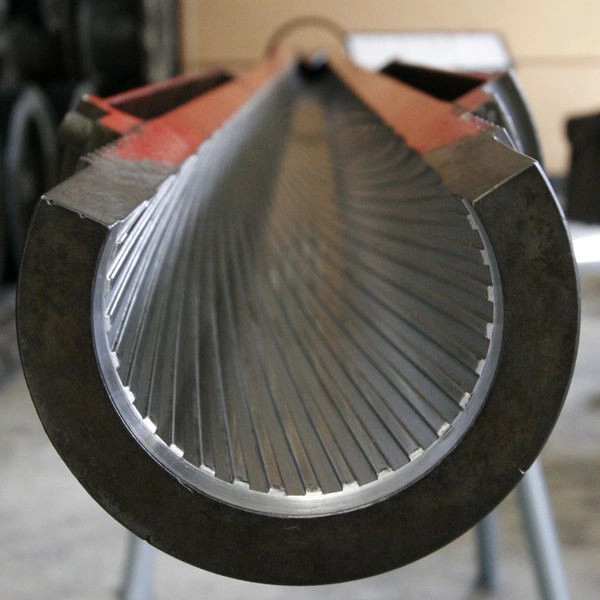Any day out shooting is a good day.
Be it long-range on steel, short-range with a pistol, or as it was this day, somewhere in the middle testing out loads. Everyone is different, but for me, I enjoy the process, note-taking and evaluation that comes with testing your own reloads and finding out what does, and doesn’t work in your particular firearm.
The forgiving .308
The .308 has stood the test of time for several reasons – the primary has to be acknowledged as its continued adoption by the military in its 7.62 guises. This is partly due to the difficulty with switching something like this to anything new and partly to the fact that it simply works.
The .308 also just seems very easy to work with and very forgiving. Certainly, there are flatter, high BC, longer shooting, harder-hitting, more accurate options out there – but a .308 is generally, in the form of an off the shelf rifle or a custom build – not going to take much to get it shooting well.
Certainly, when it comes to reloading, the cartridge seems to be very forgiving with the loads you feed it. While factory ammo has variations, it’s not massive (in the greater scheme of things) and it’s the same with load charges. A couple of grains often doesn’t make a massive difference, so stable loads, that is, loads that aren’t affected by charge weight variation or temperature are easily found. It’s more a case of deciding how far you want to go to chase the perfect single hole group, versus the time you want to put into it.
Testing the loads
I was lucky to be invited out to a private block to do the tests – I was contacted a while ago by Joe with a question regarding getting into reloading and offered to go through the basics with him, this led to making up some test loads and heading out on a Sunny Saturday to test them.
The weather held out, and we were able to tuck down into a bit of a valley and set up.
A bit of crosswind (from about five o’clock) wasn’t too much of a challenge, and we were able to set up some targets with a good backstop and start plinking away.
The reason for change
I had previously been using ADI 2208 in my loads for the .308. Paired with the Lapua Scenar 155 grains, the more powder I put in and the more speed they came out of the barrel at, the better the result I was getting. However, I was starting to seriously compress the loads. Talking to some of the guys at the range one day, it was suggested a slightly faster burning powder might be worth a try – especially since I was shooting them out of a 24-inch barrel. I had just replaced the stock the action and barrel were in and threaded the barrel for a break, so I figured it was also a good time to rework the load and try the 2206H powder.

OCW, OCD?
I have used the OCW load method in the past with great success. It helped me find a suitable load for the X-Bolt in 7mm08 and likewise in the .308. One note I would have, specific to my .308 – is the ADI suggested loads in the manual seem very conservative (for good reason). Nearly 2 grains higher than max and still no pressure signs, sticking or any adverse effects on my rifle.
Now, this doesn’t mean I am suggested to just load as much powder in the rifle until you start seeing issues – not at all. Many loads don’t need to be anywhere near the max to work well. However, given the goal with this rifle (to shoot to 1k) and the selected projectile (the relatively light 155) – I had always wanted to push the fps to keep the projectile supersonic out to the one-kilometre mark. In addition, all the reading I had done indicated the Sceners worked better at faster speeds.
So, like my previous tests with the 700 – I will be putting together another set of loads, pushing it up to find another stable node that will give me around 3000fps. All the time, checking and checking again for any pressure signs.
The Results
It would be easy to think that the first load and the last load are the winners. Certainly, it is hard to argue with a group that are all touching each other. But we need to remember when testing using the OCW method, that we are after stability, not over smallest group sizing.
I use the OnTarget TDS software – scanning in and loading up the multiple shots to provide some excellent data-crunching capabilities.
Delving further into the information though, the distance between the first and second load was the smallest – that is, the difference in distance the POI shifted between loads, followed by the difference between the two last. That starts to indicate the stable loads.
What next?
Put together another batch of loads – basically carrying on where the last load was. I would pick I am going to find one more node higher up in the load weights before I start seeing any pressure issues. A quick shoot over the Magnetospeed will confirm if I am up at the velocities I want, then we can start work on refining the group with OCL changes. However, this will be limited by the fact I want to keep the rifle capable of magazine feeding.


